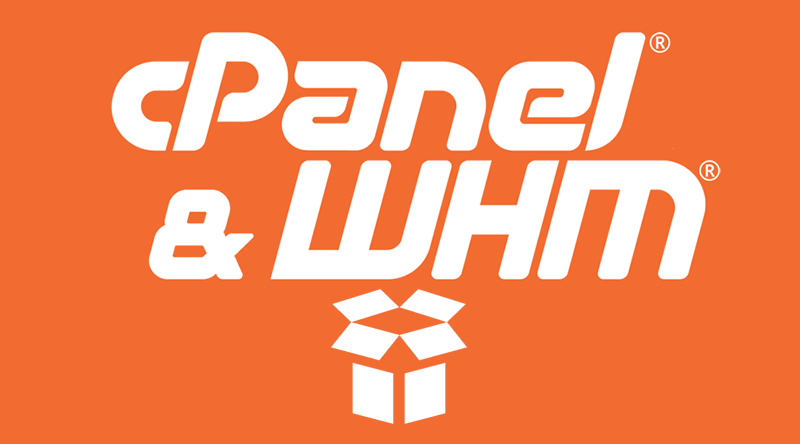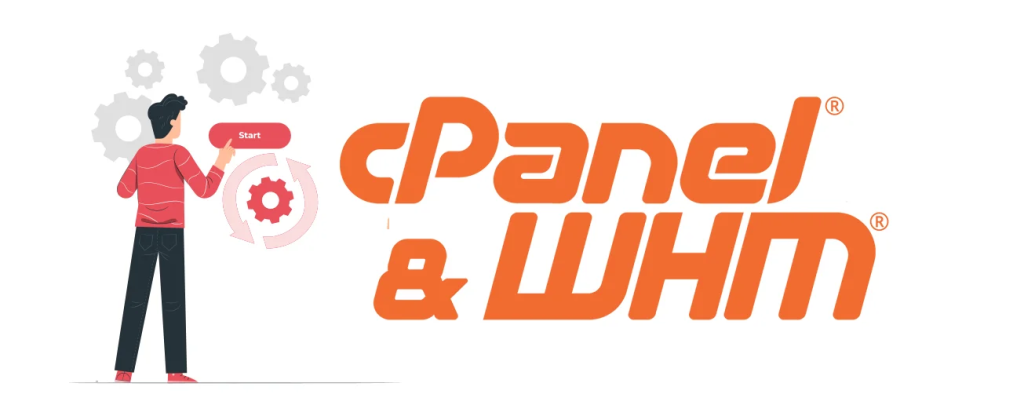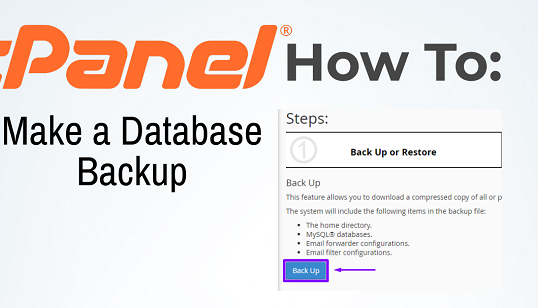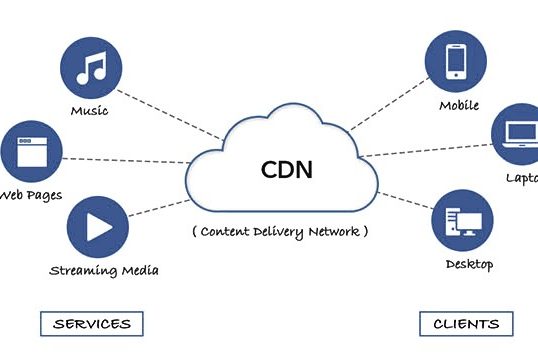

Table of Contents

How to Create and Manage Packages in WHM Control Panel
Web Host Manager (WHM) is a powerful tool used by web hosting providers to manage multiple cPanel accounts. One of its essential features is the ability to create and managed hosting packages.
Packages in WHM allow hosting providers to define specific resource allocations, such as disk space, bandwidth, email accounts, and databases, which can be applied consistently across different accounts.
This makes it easier to offer predefined hosting plans and streamline account management. In this essay, we will explore the process of creating and managing packages in WHM and the benefits that this provides.
1. Creating a Package in WHM
Creating a hosting package in WHM is a straightforward process that enables providers to set specific limits on resources that clients can use. Here’s how to create a package in WHM:
- Step 1: Log in to WHM
To start, log in to your WHM account. The login credentials for WHM are typically provided by your hosting provider or data center if you are a reseller or server administrator. Once logged in, you’ll see WHM’s dashboard, which is the control center for managing all hosting-related tasks. - Step 2: Access the “Add a Package” Feature
In the WHM dashboard, there’s a search bar that helps you quickly locate features. Type “Add a Package” in the search bar, and then select the “Add a Package” option from the menu. This will bring up the package creation interface where you will define the parameters of your hosting plan. - Step 3: Configure Package Settings
The next step is to configure the settings for the new package. WHM allows you to set various limits on resources, including: - Disk Space (Quota): The amount of disk space (in MB) that the account can use.
- Monthly Bandwidth: The amount of data the account can transfer in a month.
- Email Accounts: Limit on the number of email accounts.
- FTP Accounts: The number of FTP (File Transfer Protocol) accounts that can be created.
- Databases: The number of MySQL databases allowed.
- Addon Domains and Subdomains: Number of domains and subdomains that can be hosted on the account. Apart from these, you can also specify whether to allow Shell Access (SSH), CGI access, and other advanced settings. Additionally, you can assign a cPanel theme (interface design) and a feature list, which determines what features the user will see when they log into their cPanel account.
- Step 4: Save the Package
Once you’ve configured the package settings, click on the “Add” button to save the package. The new package will now be available for use, and you can assign it to new or existing cPanel accounts.
2. Managing Packages in WHM
After creating packages, you may need to manage them over time to accommodate changes in client needs or adjust the resource limits offered in your plans. WHM provides several tools for managing existing packages, including editing and deleting them.
- Editing a Package
As your hosting business grows or customer demands change, you might need to modify the resources allocated to a package. For example, you may want to increase the disk space or bandwidth to remain competitive. To edit a package: - Search for “Edit a Package” in the WHM search bar.
- Select the package you want to modify from the list.
- Adjust the resource limits as needed, such as increasing the disk space or allowing more email accounts.
- Save the changes once you’ve made the adjustments. Any accounts using that package will automatically inherit the updated resource limits, ensuring that changes are applied across all affected accounts.
- Deleting a Package
If you no longer need a particular package, WHM allows you to delete it. This is useful when you are streamlining your hosting plans or phasing out older packages. To delete a package: - Search for “Delete a Package” in the WHM dashboard.
- Select the package you want to remove and click Delete.
It’s important to note that you cannot delete a package if it is actively assigned to any account. If accounts are still using the package, you must first reassign them to a different package. - Upgrading and Downgrading Accounts
WHM makes it easy to upgrade or downgrade accounts between packages. For example, if a client’s needs grow and they require more resources, you can move them to a more suitable package with higher resource limits. To do this, you can use the “Upgrade/Downgrade an Account” feature: - Search for this option in the WHM dashboard.
- Select the account you wish to upgrade or downgrade.
- Choose the new package from the list and apply the change.
The account will automatically be updated with the new package’s resource limits.

Benefits of Using Packages in WHM
There are several advantages to creating and managing packages in WHM:
- Efficiency: Packages allow hosting providers to standardize the allocation of resources across multiple accounts. Instead of manually configuring limits for each account, packages apply pre-set limits automatically.
- Consistency: Packages ensure that all accounts under the same hosting plan have the same resource limits, which helps avoid misconfigurations and discrepancies between accounts.
- Scalability: As a hosting provider grows, packages simplify account management. Providers can easily create new packages to accommodate new hosting plans or modify existing ones to meet changing market demands.
- Flexibility for Customers: With packages in place, customers can easily upgrade or downgrade their hosting plans based on their needs. This flexibility allows providers to offer a range of hosting options without having to manually manage each account’s resources.
Advantages and Disadvantages of Creating and Managing Packages in WHM
When using WHM (Web Host Manager) to create and manage hosting packages, there are several advantages and disadvantages to consider. These impact both hosting providers and clients, influencing how resources are allocated and managed.
Advantages
1.Efficiency and Automation:
- WHM allows for the quick creation of packages, meaning that resource allocation is automated. Providers can set predefined limits, making it easy to onboard new clients without having to configure individual accounts manually.
2.Consistency:
- Hosting packages ensure uniformity in resource allocation. Every account assigned to a package receives the same resources, reducing the chance of human error and misconfiguration.
3.Scalability:
- As a hosting provider’s business grows, packages allow for scalable management. Providers can create multiple plans tailored to different customer needs and easily upgrade or downgrade accounts without hassle.
4.Simplifies Account Management:
- With pre-configured packages, account management is streamlined. WHM provides tools to monitor, upgrade, or downgrade accounts based on the packages without having to manually adjust settings for each individual client.
5.Customer Flexibility:
- Packages provide flexibility to customers by offering tiered plans. If a customer’s requirements change, they can upgrade to a higher package (with more disk space or bandwidth) or downgrade to a lower one, which adds convenience to their experience.
6.Competitive Hosting Plans:
- Packages allow hosting providers to offer a variety of plans catering to different user needs and budgets, making it easier to stay competitive in the hosting market.
Disadvantages
1.Limited Customization for Clients:
- While packages streamline processes, they also limit flexibility for individual clients. Customers who need highly customized resource allocations may find the predefined package limits restrictive, as not all packages may fit their exact needs.
2.Overhead for Small Providers:
- For smaller hosting providers, the process of managing multiple packages might become cumbersome. Over time, handling multiple plans and keeping track of upgrades and downgrades may add complexity, especially if many packages are in place.
3.Inflexibility in Package Updates:
- Once a package is assigned to accounts, updating the package settings (such as increasing disk space) will affect all accounts using that package. This might not be ideal for all clients, as some might need changes, while others do not, potentially leading to dissatisfaction.
4.Resource Misallocation:
- Some clients may underutilize the resources in a package, while others may frequently hit limits. This means providers may need to offer multiple packages or custom plans, which adds to administrative effort and may require constant monitoring of usage patterns.
5.Risk of Over-selling:
- Hosting providers may be tempted to oversell resources (e.g., offering more bandwidth than the server can realistically handle if everyone uses their full allocation). This can lead to server performance issues, customer dissatisfaction, and possible downtime if too many accounts overuse resources at once.
6.Maintenance and Updates:
- Regular upkeep of packages is needed to stay competitive and meet customer demands. Periodic adjustments to bandwidth, storage, or other limits must be made, and older packages may become obsolete, requiring providers to phase them out without disrupting service to current users.
Conclusion
Creating and managing hosting packages in WHM provides a structured, efficient, and scalable way to handle multiple web hosting accounts. The advantages include streamlined account management, consistency in resource allocation, and scalability. However, there are challenges, such as limited customization for clients, the risk of overselling, and the potential for misallocating resources.
Providers must carefully balance these factors to ensure that the benefits of package management outweigh the disadvantages. In conclusion, creating and managing packages in WHM is a core feature that allows hosting providers to efficiently offer predefined hosting plans to clients.
By setting limits on resources such as disk space, bandwidth, and email accounts, packages help standardize the management of multiple hosting accounts. With the ability to easily create, edit, and delete packages, as well as upgrade or downgrade accounts between plans, WHM provides the tools necessary for smooth and scalable account management.





